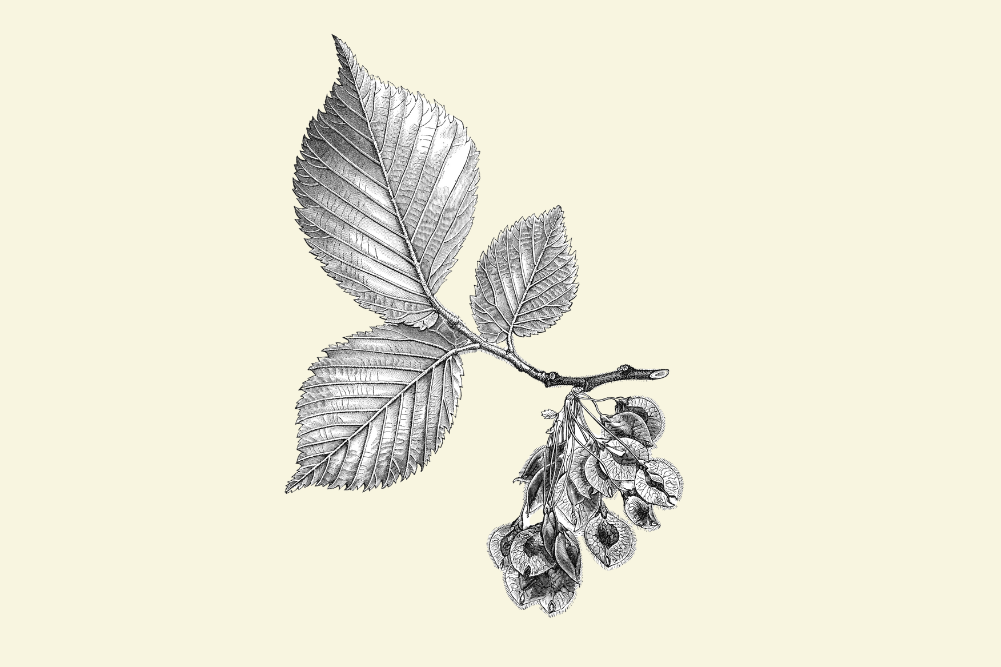Coffee good, coffee bad
Here’s a riddle for you: what is the link between container shipping and an Ethiopian goat herder named Khaldi who existed prior to 800 BCE? While you ponder that, we can reveal that the answer has virtually nothing to do with an imminent, yet unheralded and probably spurious, spike in demand for goat-saliva-based health drinks. In fact, the link is that Khaldi and container shipping are the reasons why you, or the person sitting next you, are nursing that cup of coffee. Yes, coffee is a widely favoured drink and that is why so much regular research is being done on it; some of the findings are good and some of the findings are bad from a health perspective. Just recently, both the good and the bad have been released in new studies, so in the interest of fearlessly pursuing balance let’s have a look at both.
Before we do though, let’s just remind ourselves how popular coffee has become and how Khaldi, his goats and container shipping come together in your frappuccino.
A Euromonitor report released in 2012 found that coffee is the most-consumed hot drink in Australia, accounting for around 58 per cent of total volume consumed and 64 per cent of sales. This fits with other research showing that coffee drinking is in the ascendency. A recent BIS Foodservice report has shown that in 2012 for the first time coffee overtook tea as the preferred at-home drink. Coffee is also booming outside the home as well. According to BIS in 2010 1.8 billion cups of coffee were drunk outside the home in Australia; that figure increased to 2.1 billion in 2012.
None of this booming coffee industry would have happened without Khaldi the Ethiopian goat herder. In a probably apocryphal story, Khaldi apparently noticed one day that his goats were very jumpy and saw that they had been eating the red berries of a bush. He decided to make a brew of those berries and so coffee drinking began, and a worldwide phenomenon was under way. Of course, tea was coffee’s major competitor. In Australia, tea drinking has remained the favourite hot beverage choice until recently. This has been despite waves of migration beginning in the early 20th century from European countries like Greece and Italy, where coffee drinking is a staple. It was the advent of container shipping in the 1950s that allowed Australia to finally get the imported goods that previously cost a premium for affordable prices. It was container shipping that allowed coffee consumption to take off in Australia by the late 1980s. So it was that shipping revolution that allowed Khaldi’s bouncy goat beans to really take hold in Australia and find their way into your cup.
As far as the new research goes, do you want the good news or the bad news first? OK, we’ll give the bad news first: it appears that coffee drinking can increase a man’s risk of urinary incontinence.
Researchers in this study used data on more than 5000 men aged 20 and over. After allowing for other factors, they found that men who consume 234mg of caffeine per day are 72 per cent more likely to experience urinary incontinence (a leaky bladder) than those who consume little or none at all. That 234mg of caffeine equates to three cups of instant coffee and two to three cups of espresso or filter coffee. Men with a daily intake of 392mg of caffeine (five cups of instant or three to four cups of espresso) were even worse off, being 100 per cent more likely to have incontinence. By contrast, water intake had no relationship risk for incontinence so it is caffeine’s diuretic effect that is somehow the problem. If you are having problems with urinary incontinence, it would certainly be worth cutting back on caffeine.
On the plus side, another study has found that coffee grounds (the remains after your coffee has been extracted from ground beans using boiling water) are a rich source of antioxidants. It is estimated that due the popularity of coffee, around 20 million tons of coffee grounds are produced annually. Some of these grounds are used as farm fertiliser but the vast majority go into landfill. Coffee as a drink contains antioxidants but these researchers found that the grounds still retain high levels of antioxidants. The antioxidants in coffee include caffeic acid, caffeine, the chlorogenic acids, eugenol, gamma-tocopherol, isoeugenol, p-coumaric acid, scopoletin and tannic acid. Antioxidants, of course, are beneficial compounds for health. The researchers note in their findings that after extracting the antioxidants the coffee grounds can still be used as fertiliser. So if an enterprising soul finds a way of extracting coffee antioxidants from coffee grounds so that we can use them, then we may have a way of reducing the ever-increasing burden of landfill on the environment.
Apologies for having to leak the bad news regarding coffee along with the good, but at least there are some grounds for optimism.







